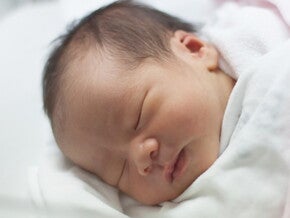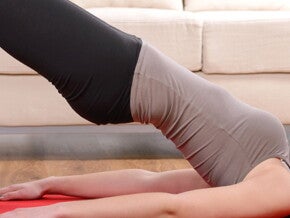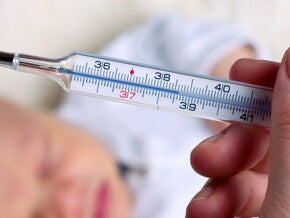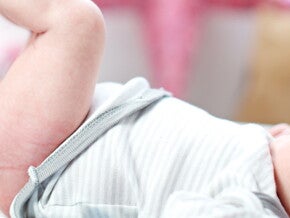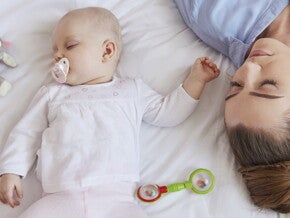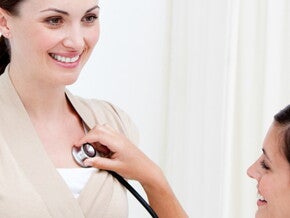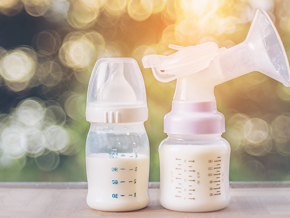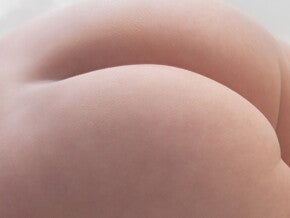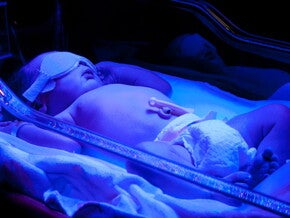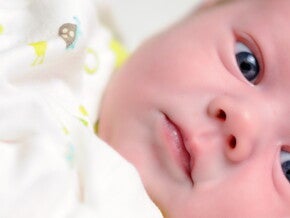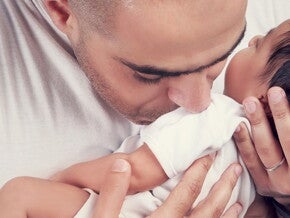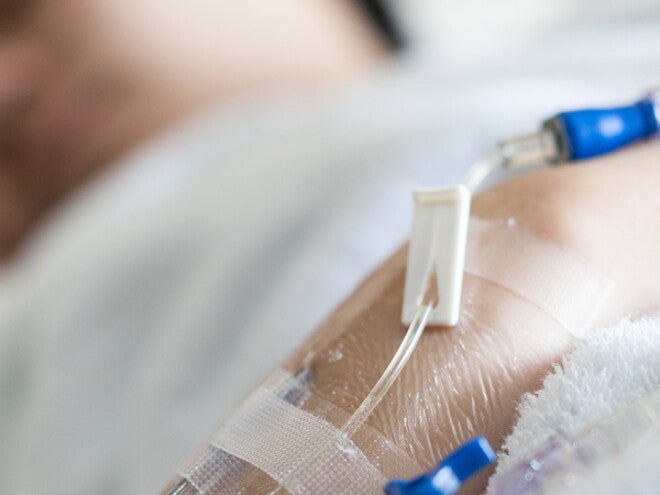
Uterus
Your uterus gradually shrinks to its pre-pregnancy size and position. This is known as involution.
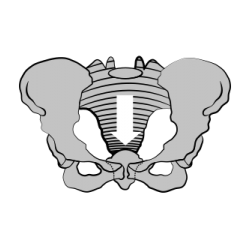
After-birth pains may be felt, especially when you put your baby to the breast. You can expect a bloody discharge from the uterus, called lochia, which can continue for as long as six weeks after the birth.
Menstruation
Usually recommences from the second to third month after birth. If you are breastfeeding exclusively, menstruation usually recommences from six months or later.
NB: Use adequate contraception to avoid pregnancy.
Perineum
Your doctor or midwife will tell you how to care for your episiotomy or stitches.
Warning signs of infection
- Foul discharge odour.
- A return to bright red bleeding after the lochia has paled.
- A sudden increase in discharge or the presence of large blood clots.
These signs may indicate infection. over-exertion or excessive bleeding. You must report them to your doctor or midwife.
Prevention of infection and promotion of healing
- Swab with warm water after you urinate.
- Always wipe from front to back.
- A warm tub of water, ice packs or an infrared lamp can be soothing.
- Rest as often as you can.
- Do pelvic floor exercises or Kegel exercises.
- Don’t use tampons before your check-up.
- Don’t douche.
- A slush pack will ease the swelling and discomfort of the perineal area. Make a slush pack by putting ice (preferably crushed) and a little water into a surgical glove, then adding several drops of rubbing alcohol. The size of the glove provides an easier fit to the body. Freeze the glove over a bowl for a better fit to the perineal area.
Complete healing usually takes place within four weeks, but you may feel discomfort for some time, particularly during intercourse.
Urination
Discomfort when urinating is due, to a greater or lesser extent, to stretched and traumatised tissues. You may need to urinate more often as your body excretes the extra fluid accumulated in your blood and body tissue during pregnancy.
- Pelvic floor exercises or Kegel exercises strengthen and improve muscle tone.
Bowel function
Stretched muscles often cause constipation and the genital area feels uncomfortable.
- Do your pelvic floor exercises.
- Eat a high-fibre diet and drink plenty of water.
- A glycerine suppository may help make bowel movement less painful.
Breastfeeding mothers
- Your breasts will secrete colostrum for 24–72 hours after birth.
- Mature milk production begins after 2–5 days, when it ‘comes in’ in greater quantities – with the continued production of colostrum for 14 days after birth.
- Ideally, you should put the baby to the breast to nurse as soon as possible after birth.
- Allowing the baby to breastfeed frequently facilitates the establishment of a good milk supply.
- Consult your healthcare professional for breastfeeding advice.
Rest and activity
Try to rest during the day when the baby sleeps to make up for interrupted sleep when night feeding.
Weight loss
Urinating frequently and perspiring excessively in the early days after birth helps to counteract water retention. You will lose some weight immediately after delivery, but losing excess weight gained may take some months.
Regaining your pre-pregnancy shape
Breastfeeding, exercise and correct eating will help you regain your pre-pregnancy weight and shape. Start a progressive exercise programme as soon as possible after the birth.
- Pelvic floor muscles need exercise to increase circulation, reduce swelling and promote healing of the perineum, and restore vaginal muscle tone.
- Abdominal muscles will be slack for some time after birth.
Abdominal muscles
The abdominal muscles stretch the most during pregnancy. Keeping them conditioned helps you to maintain good posture and avoid backache, assists in pushing out the baby during birth, and speeds up your recovery and the return of your figure.
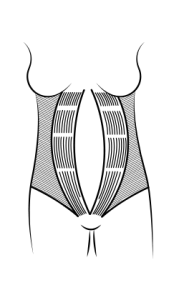
The two bands of the rectus abdominis muscle frequently become separated. Exercises must be adapted to trengthen the bands of muscle, rather than increase the separation. To learn more about how the abdominal muscles stretch during pregnancy or click here for modified abdominal exercises.
